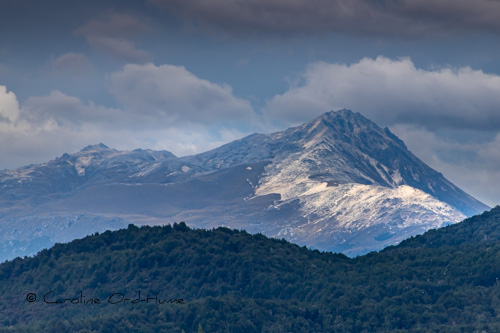- Home ›
- NZ National Parks ›
- Outdoor Safety Code
New Zealand Land Safety Code (Outdoor Safety Code)
The New Zealand Land Safety Code (previously titled the New Zealand Outdoor Safety Code) is a five step code that has been written by the New Zealand tourism industry and rescue agencies and will be the guide that's promoted to tourists and Kiwis alike who are planning to spend some time in the outdoors.

These five basic safety messages will help you prevent yourself from coming to any harm while on bush walks and hikes, or while taking part in the many outdoor recreations and sports available in New Zealand.
Many visitors to the outdoors may be experiencing an activity such as tramping for the first time and not all will be regular hikers or outdoors enthusiasts. Lack of knowledge of being in the outdoors can prove to be dangerous when something goes wrong or weather conditions deteriorate. You must consider survival situations before you head out into anywhere in the outdoors, and particularly when you are going to be in an environment that you are not used to such as the bush or mountains.
Be prepared for different outdoor eventualities by following the New Zealand Land Safety Code, it may save your life!
These tips to help you enjoy this beautiful country while still staying safe were written by experts and are provided by the Mountain Safety Council. As this information is freely available I am publishing the five tips word for word on this site so my visitors can benefit from the expert knowledge provided in the New Zealand Land Safety Code.
The links by each tip will take you to the Mountain Safety Council web site for more details, including building up your skills before going into the outdoors.
References and links to expand on the information here are given below the 5 tips.
- Choose the right trip for you
Learn about the route and make sure you have the skills for it. It’s important to choose a trip that suits you and everyone in your group. (More information) - Understand the weather
It can change fast. Check the forecast and change your plans if needed. (More information) - Pack warm clothes and extra food
Prepare for bad weather and an unexpected night out. (More information) - Share your plans and take ways to get help
Telling a trusted person your trip details and taking a distress beacon can save your life. (More information). Means of communication. (More info) - Take care of yourself and each other
Eat, drink and rest, stick with your group and make decisions together. (More information)
The 5 safety points above have been created through expert consultation and are the core to all outdoor safety practices.
All of the points can be expanded upon depending on your specific recreation and geographic location, so use them as a starting point and make sure you know all you can about your activity before you head out.
References
Adventuresmart - Download New Zealand Land Safety Code. (PDFs in different languages).
Mountain Safety Council - Lots of advice to make plans and your skills and knowledge to stay safe.
Outdoor Hiking in New Zealand
There are a lot of outdoor activities throughout this site where the New Zealand Land Safety Code for outdoor safety information above will provide extremel useful.
For example...
New Zealand Walks and New Zealand Great Walks, including the famous Tongariro Trek and Northern Circuit treks that are among the many walks listed on these pages.